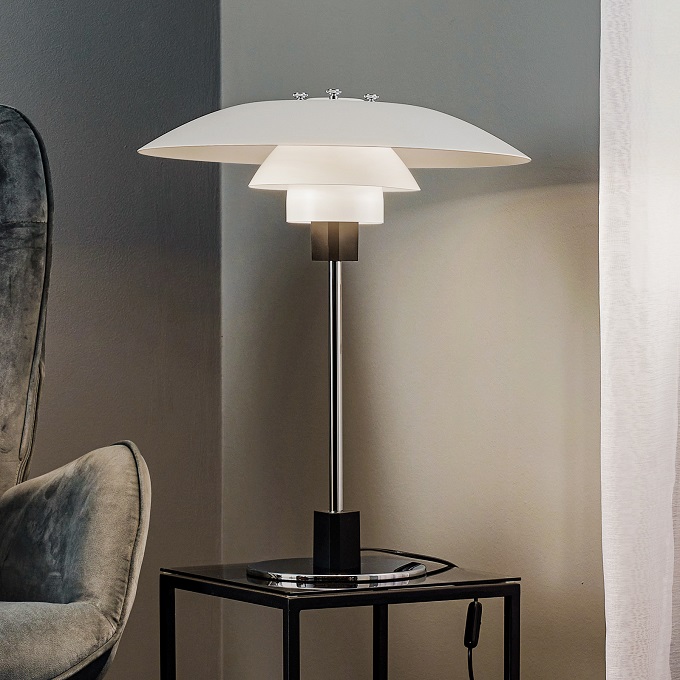Lampor tak is an art form that originates from Indonesia, specifically from the island of Java. It involves the use of shadow puppets, known as wayang kulit, which are crafted from thin pieces of leather or buffalo hide. The puppets are used to narrate epic tales and myths, and the traditional art form has been passed down through generations.
A Brief History
The origin of lampor tak can be traced back to the ninth century in Indonesia, during the reign of King Airlangga. The art form gained popularity during the Majapahit dynasty, which ruled from the thirteenth to the sixteenth centuries. Many of the stories that are performed through lampor tak are derived from ancient Hindu texts, which were brought to Indonesia by Indian traders and Hindu scholars.
The Making of Lampor Tak
The process of making lampor tak involves several steps, beginning with the selection of the leather or buffalo hide. The hide is soaked in water to make it more pliable, and then cut into the shape of the puppet. The puppet is then trimmed and polished to create intricate patterns and designs. Once the puppet is complete, it is held behind a screen or curtain, and a light source is shone behind it to project its shadow onto the screen.
The Performance
During a lampor tak performance, several puppets are used to tell a story. The puppeteer, known as a dalang, manipulates the puppets behind the screen, while narrating the story and providing the voices for the characters. The dalang is assisted by a gamelan ensemble, which provides the music and accompanies the action on stage.
Beyond Entertainment
While lampor tak is primarily seen as a form of entertainment, it also has cultural and spiritual significance. Many of the stories that are performed have moral lessons and serve to reinforce traditional values. The art form is also used in religious ceremonies and festivals, where it is believed to have the power to ward off evil spirits.
Lampor tak is a unique and fascinating art form that has captured the imagination of people in Indonesia and beyond. Its intricate puppets, complex narratives, and use of music and light make it a truly enchanting experience. Although it is centuries old, lampor tak continues to be an important cultural institution in Indonesia and a reminder of the country’s rich cultural heritage.
Sources
- “Wayang Kulit Performances and Shadow Puppets.” UNESCO, 18 Sept. 2017, whc.unesco.org/en/list/616.
- Ajendra, Tripti, et al. “Shadow Puppetry (Wayang Kulit): A Trans-generational Puppetry in Java, Indonesia.” Journa

















